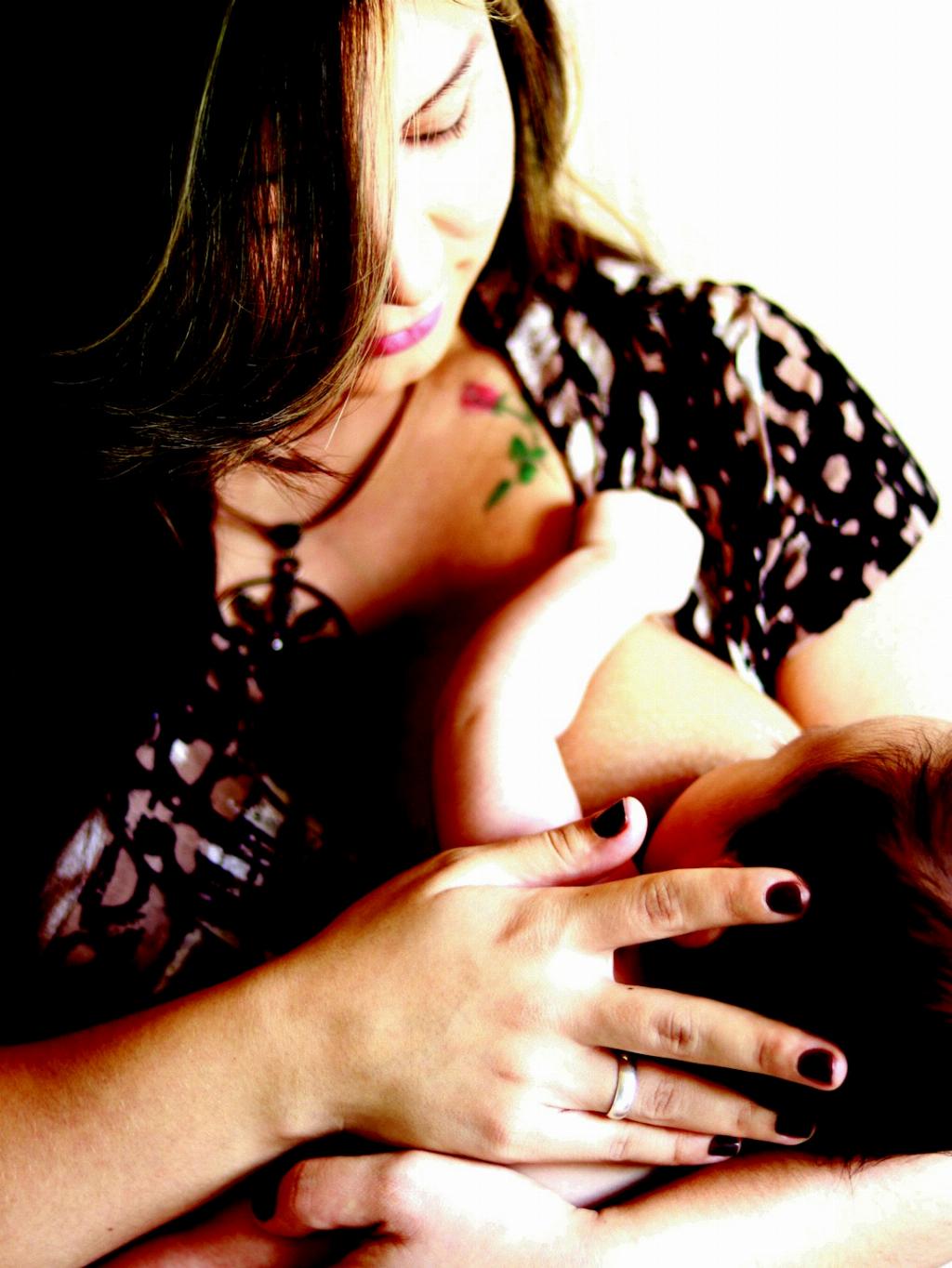White spots on the nipples can be a cause of concern for many individuals, particularly those who are experiencing them for the first time. These spots can vary in size and may appear as small dots or larger patches on the surface of the nipple. While they can indeed be alarming at first glance, it’s essential to delve deeper into the potential causes and implications of these white spots to determine whether or not they warrant worry.
Potential Causes of White Spots
One common cause of white spots on the nipples is a blocked pore or plugged duct. This blockage can lead to the accumulation of dried milk within the nipple, resulting in the formation of white spots. In most cases, these spots are benign and do not pose any significant health risks. It’s crucial to distinguish between these harmless spots and other potentially concerning conditions that may present with similar symptoms.
Consulting a Healthcare Professional
If you notice white spots on your nipples and are unsure about their cause or significance, it’s advisable to consult a healthcare professional for further evaluation. A doctor or healthcare provider can examine the spots, gather relevant information about your medical history, and recommend appropriate steps for management or treatment, if necessary.
Signs of Concern
While most white spots on the nipples are harmless and resolve on their own, there are certain signs that may indicate a more serious underlying issue. If the spots are accompanied by redness, inflammation, pain, or discharge, it’s essential to seek medical attention promptly. These symptoms could be indicative of an infection or other medical condition that requires treatment.
Self-Care Measures
In cases where white spots on the nipples are determined to be benign, self-care measures may help alleviate any discomfort or concerns. Gentle cleansing of the affected area with mild soap and water, wearing breathable cotton clothing, and avoiding harsh chemicals or irritants can promote healing and prevent further irritation of the skin.
Monitoring Changes
It’s advisable to monitor any changes in the appearance or characteristics of the white spots on your nipples. If the spots persist, increase in size, or become painful, it’s important to follow up with your healthcare provider for a reevaluation. Keeping track of any new symptoms or developments can aid in determining the most appropriate course of action.
Emotional Impact
Experiencing white spots on the nipples can also have an emotional impact on individuals, leading to feelings of anxiety, self-consciousness, or distress. It’s essential to remember that these spots are common and often harmless, and seeking support from loved ones or a mental health professional can help manage any emotional challenges that may arise.
Preventive Measures
While it may not be possible to prevent white spots on the nipples entirely, practicing good breast hygiene and maintaining overall skin health can reduce the likelihood of developing blocked pores or ducts. Staying hydrated, wearing comfortable bras that provide adequate support, and attending regular breast screenings can contribute to overall breast health.
Overall Outlook
In conclusion, the presence of white spots on the nipples is often a benign occurrence that typically does not require immediate medical intervention. However, it’s essential to remain vigilant about any changes in the spots, seek professional guidance if needed, and prioritize both physical and emotional well-being throughout the process.
Final Thoughts
If you have concerns about white spots on your nipples or any other breast-related symptoms, don’t hesitate to reach out to a healthcare provider for guidance and support. Your health and well-being are paramount, and addressing any concerns promptly can help ensure peace of mind and proper management of any underlying issues.

